[Portrait] Matthieu Ménager, Senior Lecturer in Archaeometry (UMR IMBE)
What is your research about?
I try to answer archaeological questions by analysing objects from the past using tools from physical chemistry and statistics. For over 10 years now, I have been studying more specifically the pre-Columbian civilisations of Costa Rica and Guatemala, from their local and continental exchanges to the materials and techniques used to make various objects. (ceramics, iron ore mirrors, green stone objects, etc.). To do this, I was able to develop specific approaches in the fields of analytical chemistry and chemometrics, the application of statistics to chemistry.
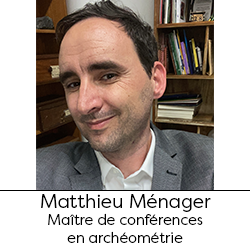
What are your current scientific activities?
I'm currently coordinating the project with my colleague Chloé Andrieu, the MAYACOSTA projectThis study, funded by the French National Research Agency (ANR), looks at the exchange and transfer of prestige goods between the Maya and Costa Rican areas between 300 BC and 700 AD. During this period, prestigious Mayan objects such as mirrors and jade plates were found in Costa Rica, while shells from Spondylus circulated to the Maya area. The project is studying these exchanges using chemical, isotopic and tracerological analyses to determine the origin and manufacturing techniques of the objects. By combining archaeology, archaeometry and iconography, our group of researchers is seeking to understand the nature of the contacts between these regions. We have already published a number of articles on mirrors and jade objects, and I have had the pleasure of directing, with my colleague from the University of Costa Rica Silvia Salgado and David Freidel from Saint Louis University, a special issue on mirrors in the magazine Ancient mesoamerica.
I am also a member of the VALARH project co-ordinated by archaeologist Julien Sion, is studying the archaeological heritage of Honduras, Mexico and the United States. ANR SCHEMA projecta project led by Claudia Defrasnes to study ornate shelters in the Alpilles, and a project funded by the Fond Français pour l'Environnement. ConFormaThe project, led by Marie-Ange Ngo Bieng from CIRAD, focuses on forest management issues in the Maya Biosphere Reserve, and more specifically on certain issues relating to the archaeological sites in this area.
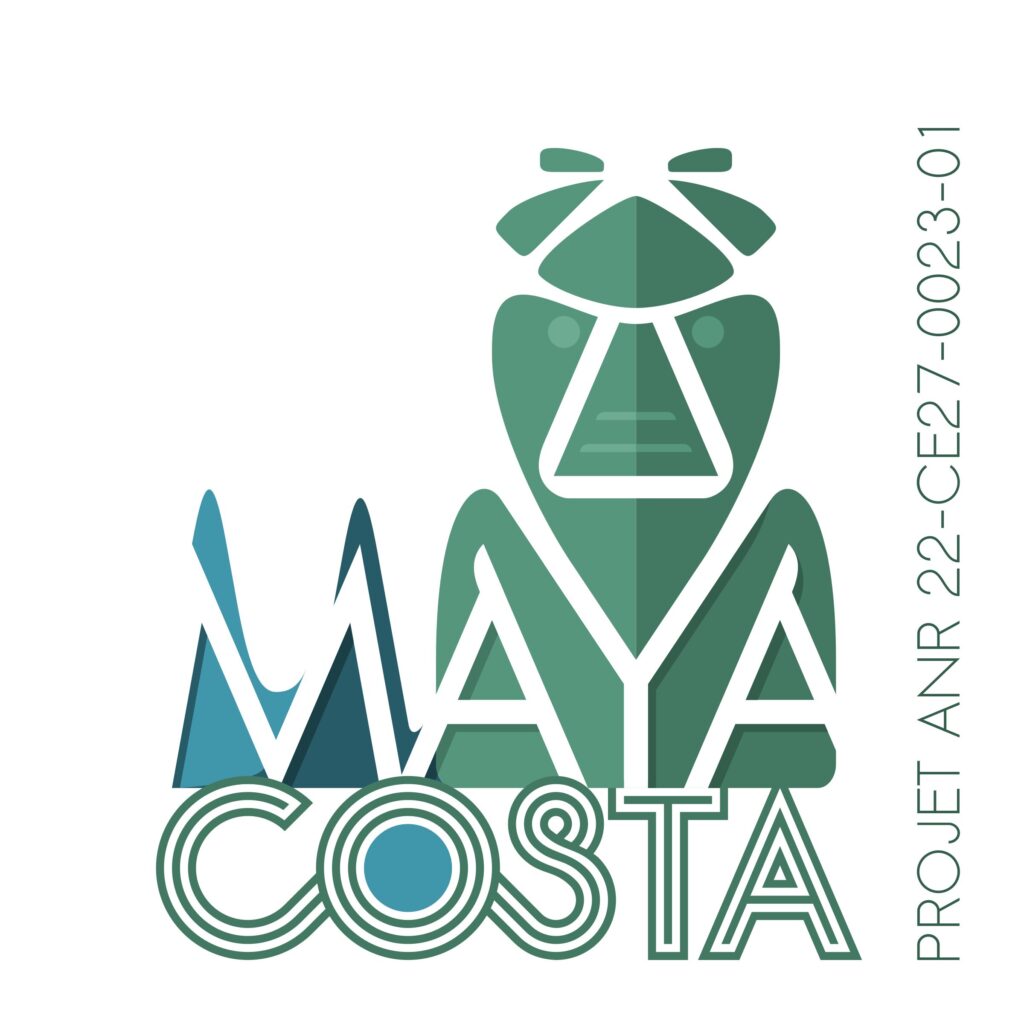
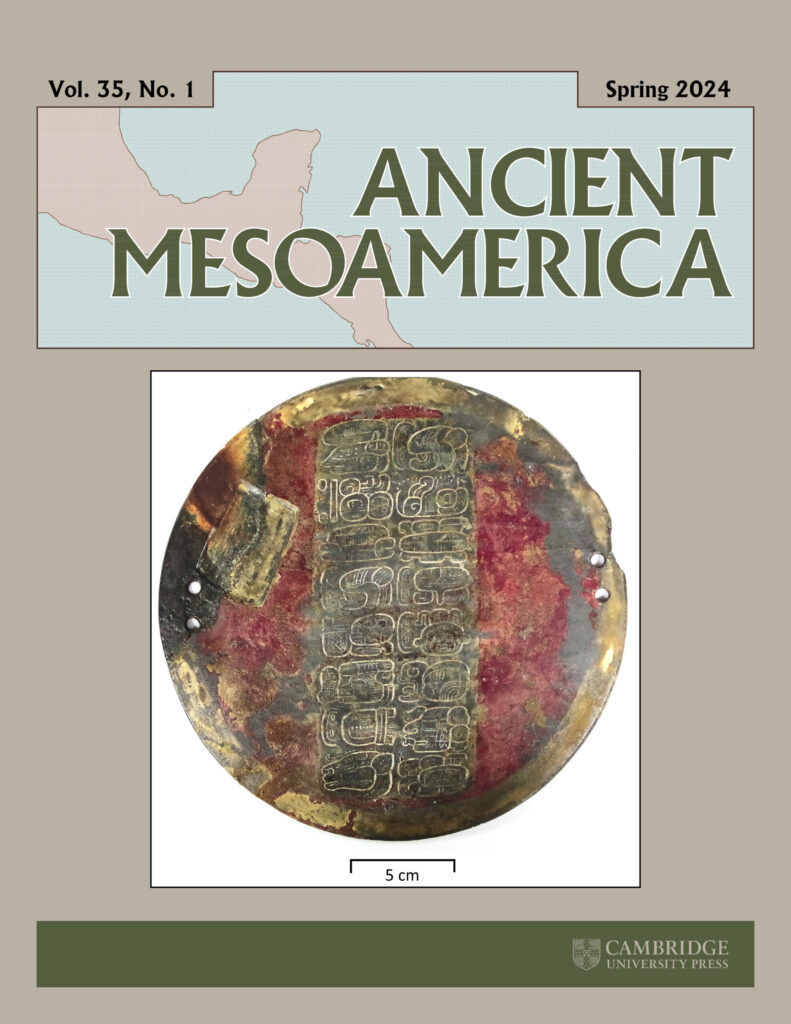
Why did you choose to work in academic research?
I've always had a strong attraction to science and the process inherent in the creation of knowledge. As a PhD student or Master's trainee, I was lucky enough to be under the supervision of supervisors who were passionate about their fields of research and who were able to pass on this passion to me. University research allows you to be at the heart of the scientific process, between the generation and transmission of knowledge. Finally, the university ecosystem really encourages the development of the unique and extremely multidisciplinary approaches that are at the heart of my research.
What advice would you give to students who want to do research?
These students need to persevere and not give up. : research is an exciting profession where you are constantly reinventing yourselfUnfortunately, access to statutory posts remains complex. That said, since I was recruited to Avignon University, I have seen many examples showing that dedication, determination and a little flexibility can overcome many barriers.
What object or image from your business best illustrates you?
I'm going to illustrate my activity with a photo of the Tikal site, taken from the pyramid of Mundo Perdido, which illustrates what I'm trying to study and understand: fragments of human civilisations, sometimes on a molecular scale, at the heart of complex ecosystems.
Here's another photograph of the MAYACOSTA ANR working group, made up of archaeologists, traceologists, chemists, geologists, museum curators and biologists, which illustrates the importance of multidisciplinarity and group work in research.
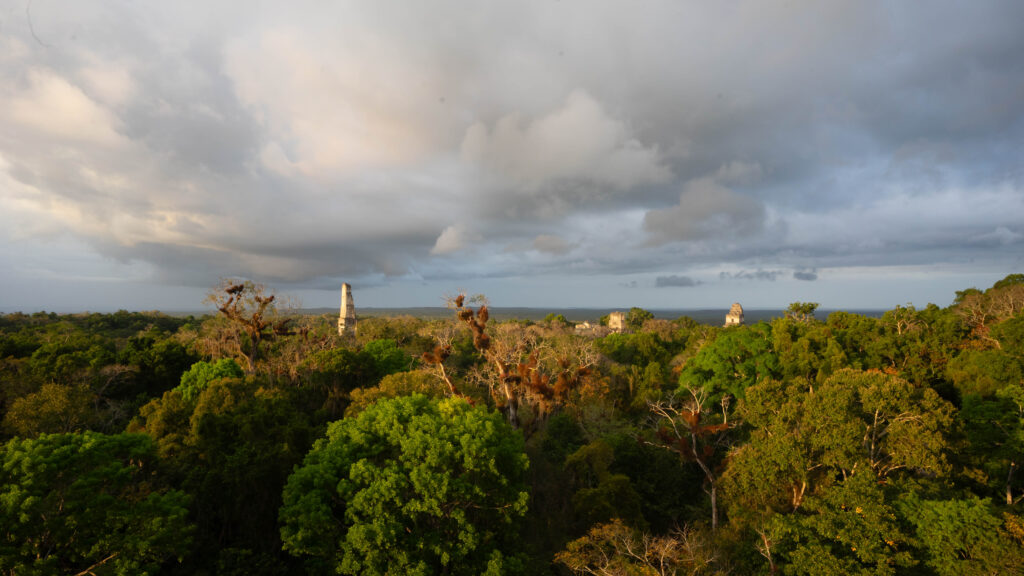
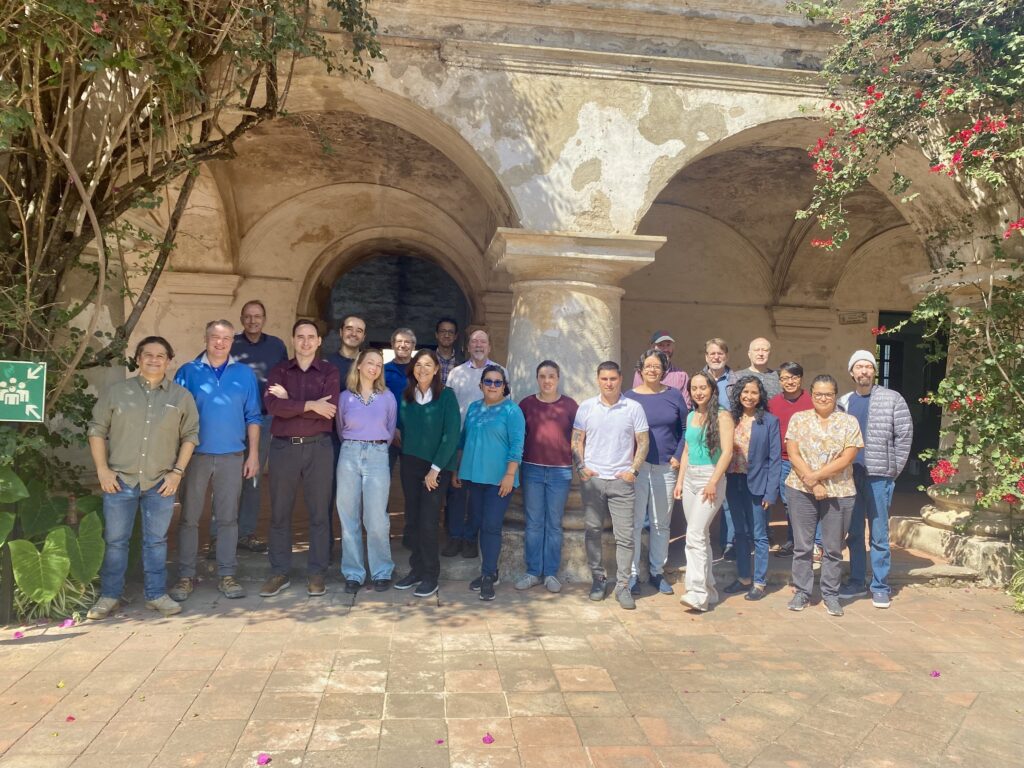
The EECAR team at the Mediterranean Institute of Biodiversity and Ecology (IMBE)
Faced with the erosion of biodiversity due to global changes (land use, climate, biological invasions, pollution), theEECAR team seeks to develop approaches for diagnosing the state of health of ecosystems, and to produce original results and innovations for ecological restoration or the sustainable management of natural and cultural heritage, as well as assessing their effects and legal prospects.
On the one hand, the team relies on ecotoxicological approaches (development of biomarkers, in particular) and chemical (research into chemomarkers) and on the other hand, on the characterisation of populations and communities (vegetation, terrestrial invertebrates)The aim is to identify bioindicators and gain a better understanding of the relationship between biodiversity and ecosystem functioning.
The approaches used stem from therestoration ecologytheecological engineeringtheagroecologythe nature protection law and chemistry heritage. They enable EECAR to contribute to conservation-restoration of cultural heritagethe protecting, restoring and rehabilitating socio-ecosystems as well as the implementation of a sustainable management of agroecosystems. The team is also studying the legal instruments used to prevent damage to the natural environment, as well as their compensation systems.
Research portraits
Updated on 16 October 2025